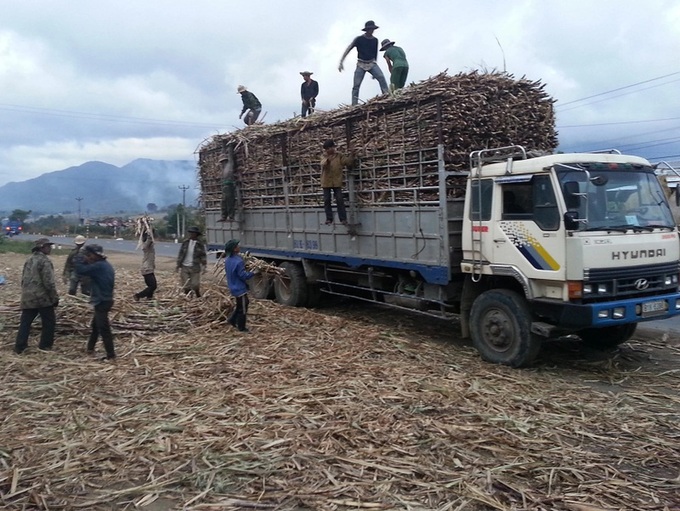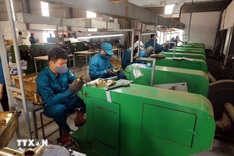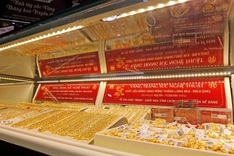
Vietnamese farmers sell sugarcane to local factories.
Sugar inventories in Vietnam have soared to unprecedented levels as both domestic and global prices plummet and consumption remains sluggish, according to the Vietnam Sugar and Sugarcane Association (VSSA).
As of the end of May, the country’s sugar mills had largely completed the 2023-2024 crushing season, producing over 1.2 million tonnes of sugar. However, due to weak domestic demand, stockpiles have surpassed 70 per cent of total output, a historic high for the sector.
“This is the highest inventory the industry has ever seen,” said Nguyen Van Loc, Chairman of VSSA. “Many processors have run out of storage space and are forced to liquidate at steep discounts to recover capital and repay farmers. But even then, there are no buyers.”
By late May, retail sugar prices in Hanoi had dropped to just VND 18,000-20,000 per kilogram (approximately USD 0.70-0.78), depending on the product.
The global sugar market is also experiencing a sharp downturn. According to the International Sugar Organisation (ISO), the average price of raw sugar in May fell to 17.69 cents per pound, the lowest level in three years. Refined sugar prices dropped to USD 487.15 per tonne, significantly lower than March and April levels.
A global supply glut from major exporters such as Brazil, India and Thailand drives this decline. Additionally, recent US tariff measures within the Americas have further depressed sugar prices in the region, spilling over into global markets.
Vietnamese sugar has become the cheapest in the region, said Loc, citing a combination of large carryover stock from the 2023-2024 season and the early release of new sugar from the 2024-2025 crop.
Many producers are now selling below cost to recover liquidity, facing mounting pressure, but even these steep discounts have not stimulated demand.
The ongoing issue of sugar smuggling through Vietnam’s southwestern borders is compounding the crisis as the market continues to flood with untraceable, low-cost products.
“Illegally imported sugar of unknown origin is still widespread across the market,” Loc warned.
At the same time, high-fructose corn syrup (HFCS), mainly imported from China and several ASEAN countries , has gained significant ground in the food processing industry due to its lower cost and ease of substitution for cane sugar.
According to the General Department of Customs, HFCS import volumes in May were roughly equivalent to the same period last year. However, its domestic consumption market share grew significantly faster in 2024.
The expanding use of HFCS has further eroded demand for locally produced cane sugar, disrupting the industry’s entire value chain and threatening the livelihoods of sugarcane farmers and processors nationwide.




















